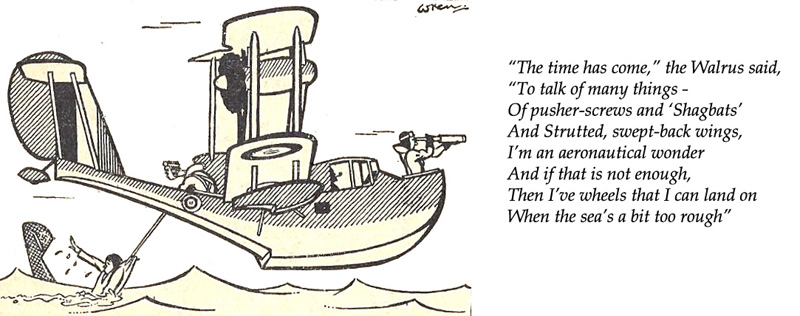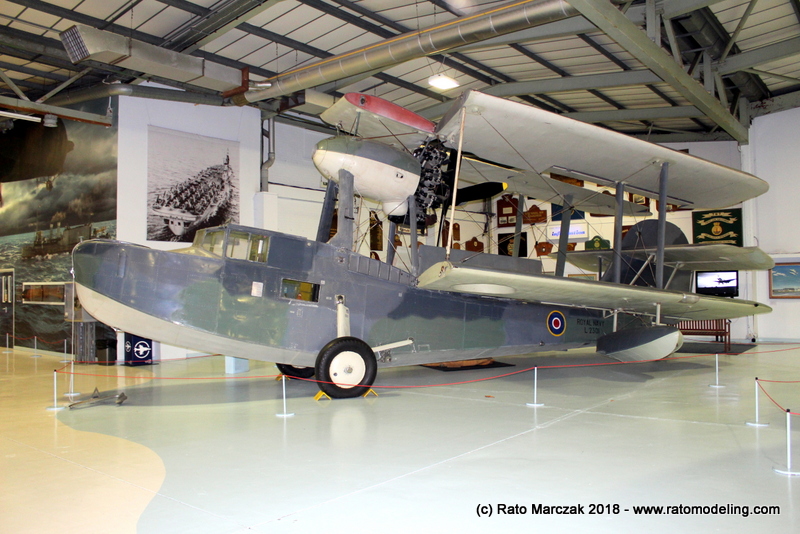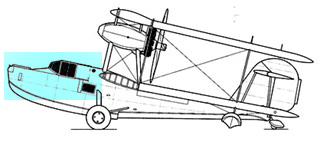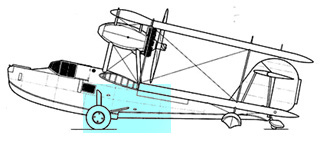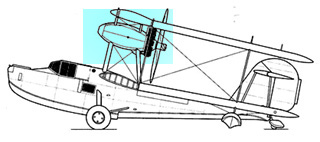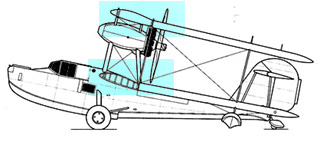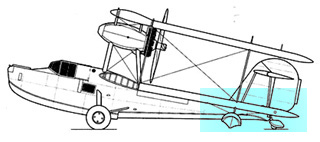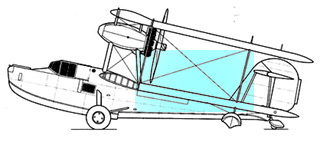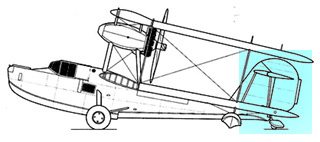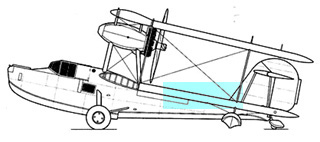| 1939 | | Built at Woolston, Southampton for the Fleet Air Arm
to Specification 37/36, contract 5344422/36. Diverted prior to issue to
Irish Army Air Corps |
| 24/02/1939 | | First flight wearing 'B' condition markings; Serial N18 applied |
| 03/03/1939 | | Set off for Baldonnel, Dublin along with L2302 and L2303 still
wearing 'B' markings, forced landed on water off Wexford coast, wings
damaged, crew Lt Quinlan and Lt Higgins, stored in Wexford and completed
journey by road. |
| 09/01/1942 | | Four Irish nationals stole the aircraft
and attempted to fly it to Cherbourg to join Luftwaffe. Escorted into St
Eval by RAF Spitfires, aircraft and its crew returned under guard to
Ireland. |
| 1943 | | Noted wearing camouflage; Based at Rineanna (Shannon Airport) with 1st Sqdn IAAC on west coast patrols. |
02/08/1945
| | Sold to Aer Lingus |
| 22/08/1945 | | Allocated EI-ACC, does not appear to have been used by Aer Lingus.
|
| 1946 | | Up for sale. |
| 11/1946 | | bought by Wing Cmdr RG Kellet for 615 (County of Surrey) Sqdn RAuxAF as a squadron hack for £150. |
| 12/12/1946 | | Registered as G-AIZG |
| 03/1947 | | Ferried from Dublin to Biggin Hill via Croydon for customs by Flt/Lt FB
Sowrey and Kellet, used for bathing parties along south coast by sqdn
members. |
1948
| | Retired.
|
| 1949 | | Noted on dump at Thame in Oxfordshire. |
| 1963 | | Recovered by Historic Aircraft Preservation Society, bought by two
members (Snaddon and Fisher) for £5 and handed over to FAAM. |
| 01/1964 | | Moved to RNEC Arbroath for restoration.
|
| 06/06/1966 | | Handed over to FAAM.
|
| 06/12/1966 | | Arrived at FAAM. |
